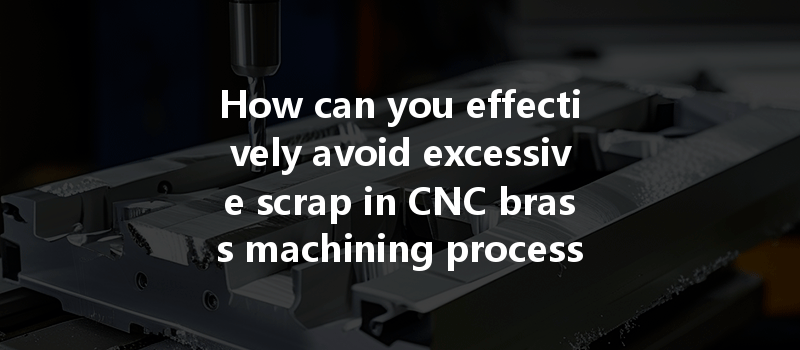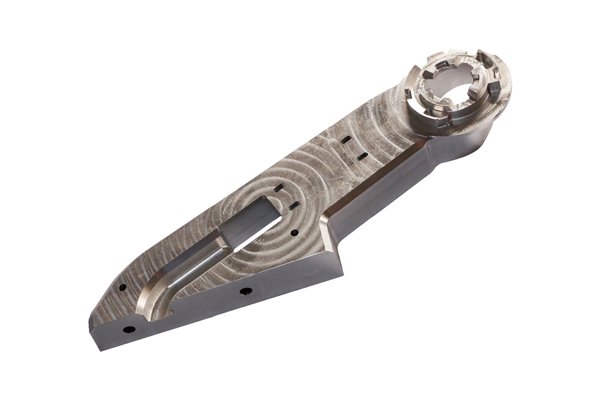Did you know that the global CNC machining market is projected to reach USD 100 billion by 2027? As businesses strive for efficiency and profitability, the challenge of minimizing waste becomes increasingly critical. One of the significant waste factors in CNC machining, particularly in brass machining, is excessive scrap. This blog will delve into the intricacies of CNC brass machining and offer actionable solutions for avoiding excess scrap, ensuring both cost-effectiveness and quality.
Understanding CNC Brass Machining
CNC (Computer Numerical Control) machining refers to the automated control of machining tools using a computer. Brass, an alloy primarily made of copper and zinc, is widely used in various applications due to its excellent corrosion resistance and machinability.
However, the process of CNC machining can yield significant amounts of scrap when not performed correctly. Factors contributing to scrap rates may include improper tool selection, suboptimal cutting speeds, inadequate tooling setups, and poor quality control.
Why Excessive Scrap is a Problem
Analyzing the Causes of Excessive Scrap
Before diving into solutions, it is essential to understand the common causes that lead to excessive scrap in CNC brass machining:
Strategies to Avoid Excessive Scrap
Now that we have identified the key issues, let’s explore various strategies that can be taken to minimize scrap in CNC brass machining:
Choosing the right tooling is crucial in achieving efficient machining operations:
Setting the right cutting parameters can significantly reduce scrap.

A stable workpiece setup is vital for accurate machining:
Implementing robust inspection processes can drastically reduce scrap rates:
Training and Skills Development
Investing in training for your machine operators can be a game-changer. Skilled workers can identify potential problems early and apply their knowledge to reduce scrap:
Case Studies: Success Stories
To illustrate the effectiveness of these techniques, let’s explore a couple of case studies:
Case Study 1: A Small Brass Component Manufacturer
A small company specializing in custom brass components faced a scrap rate of over 30%. By analyzing their processes, they discovered that inadequate tool selection and improper setup were major issues. After switching to tungsten carbide tools and implementing rigorous workholding practices, they successfully reduced scrap rates to under 10%.
Case Study 2: Large Aerospace Supplier
In an aerospace manufacturing plant, excessive scrap was identified as a bottleneck in production efficiency. They adopted an automated inspection system, which allowed for real-time detection of defects. The result was a drastic 25% reduction in scrap, significantly improving profit margins.
Minimizing scrap in CNC brass machining is achievable through the right combination of tool selection, cutting parameter optimization, proper workpiece setup, stringent quality control, and ongoing training.
To summarize, businesses can save costs and improve their environmental sustainability by focusing on reducing scrap rates. In a competitive landscape, achieving operational efficiency through these practices offers a significant advantage.
As you contemplate the strategies outlined in this blog, remember that every small change can lead to significant cost savings and operational improvements. Understanding and addressing the root causes of scrap will not only enhance your profitability but also ensure your brand has a positive impact on the environment.
Taking a proactive stance now can mean the difference between a thriving, efficient business and one that struggles with waste. Embrace the methods discussed here, and watch as your CNC brass machining processes transform for the better.


